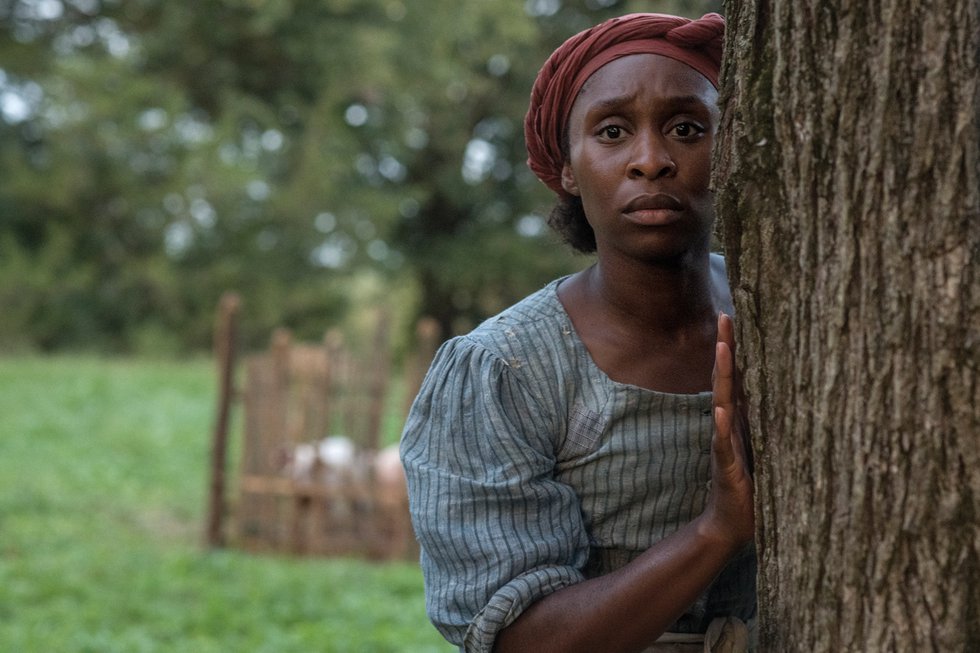In search of the Beale Treasure. Maybe.

hope or hoax
Danny Johnson and I know the location of the $60 million Beale Treasure buried out in Bedford County. It’s not far from Johnson’s fruit farm, which has arguably become ground zero for Beale Treasure enthusiasts over the last five decades.
The answer to Virginia’s most enduring treasure story came by way of a letter from a British man who claimed he had broken one of the three Beale Ciphers purported to identify the location of a buried chest of gold and jewels. “I [have] given you the location of the vault,” the man wrote, followed by a long series of numbers with letters penciled beneath. “It must be correct.”
Johnson shared the letter with me, suggesting I might want to get some ground-penetrating radar and dig up the treasure. A caveat: The Brit says the treasure is buried in or near a cemetery, likely one now located on federal land. The last person who tried to dig there, a Pennsylvania woman, was promptly arrested, sent home, and told never to return.
Also, dozens of people have been absolutely sure they know the location of the treasure. They have all been wrong. Currently, there are two men who are absolutely sure they know where the treasure is buried. The locations are miles apart.
Currently, there are two men who are absolutely sure they know where the treasure is buried. The locations are miles apart.
I suspect Johnson doesn’t actually believe I’ll find $60 million at the coordinates suggested by the Englishman—and he admits as much. “I just thought you’d get a kick out of seeing the extent people will go to when they become true believers,” says the 81-year-old Johnson, who grew up on the farm his family purchased in 1918.
Before I tell you the location of the treasure, I should briefly outline the legend. Around 1820, Thomas Beale supposedly went west into what is now northern New Mexico or southern Colorado and discovered a massive vein of gold. Fearing thieves were closing in on him, Beale headed back east to St. Louis, traded some of the gold for jewels, and then continued on to Virginia. Still concerned he was being tailed, Beale allegedly buried the treasure near Bedford, then scribbled out three coded messages, locked the papers in a box, and gave them to a tavern owner. If Beale didn’t return, the tavern owner could open the box, and whoever could decode the sprawling pages of numbers would be able to find the treasure. In 1885, a man named James Ward published the story and three ciphers as The Beale Papers. The 50-cent publication thrilled the nation, and Ward pocketed substantial royalties.
There are dozens of reasons to believe The Beale Papers, and thus the treasure, is an elaborate hoax. (For a complete history of the treasure story, read Lucas Reilly’s wonderful 2018 feature at MentalFloss.com.) But Johnson says he’s never been sure one way or the other. “Sometimes I kind of believe it, then I don’t,” he says. “I’ve kept of the same mind about it all my life, no matter what I hear. Maybe. I’ve always been stuck on maybe.”
Okay, then, maybe the decoded cipher Johnson gave me is real. “Look east to the cemetery,” the British fellow wrote beneath one section of numbers. He interpreted the last two of 27 lines of code numbers to sort-of legibly read: “Behold he haul len iron vault catacomb.” The full text, as deciphered by this man, leads you to believe Thomas Beale buried the treasure in or near a cemetery with the intention of making the hole look like a grave. The man gives more detail about the location … but I just realized that publishing the information might lead you to feloniously dig up someone’s great-great-great grandmother.
I just trashed the email. It held only trouble and woe.
And, potentially, the seeds of obsession. More than the legend, Johnson is fascinated by the psychology surrounding such tales. “It’s so interesting to talk to someone who is a true believer,” he says. “It’s as if they’ve been overtaken by a trance. People have spent their life savings. They’ve wasted incredible amounts of time. They’ve risked jail time. Then they find all manner of ways to explain away their failure and debunk the skeptics. They’ll do anything to keep that dream alive.”
Johnson and I are kindred spirits on this point. I’ve written dozens of stories on lost treasures, Bigfoot, ghost stories, and all manner of mostly unbelievable paranormal oddities. No matter the topic, I nearly always find myself more interested in the believers than the belief. And, like Johnson, I’ve found those true believers, with their infectious enthusiasm and their constant barrage of rumors, legends, and partial truths stated as fact, have a way of pulling the skeptic back into the realm of maybe. “A lot of people just shake their heads and say the believers are crazy,” Johnson says. “But I’ll talk to them. I might even help them a little bit. It’s fun to go into their world every so often. And who knows for sure? … With no hard evidence, I kind of feel maybe is probably the most sensible way to look at it.”








